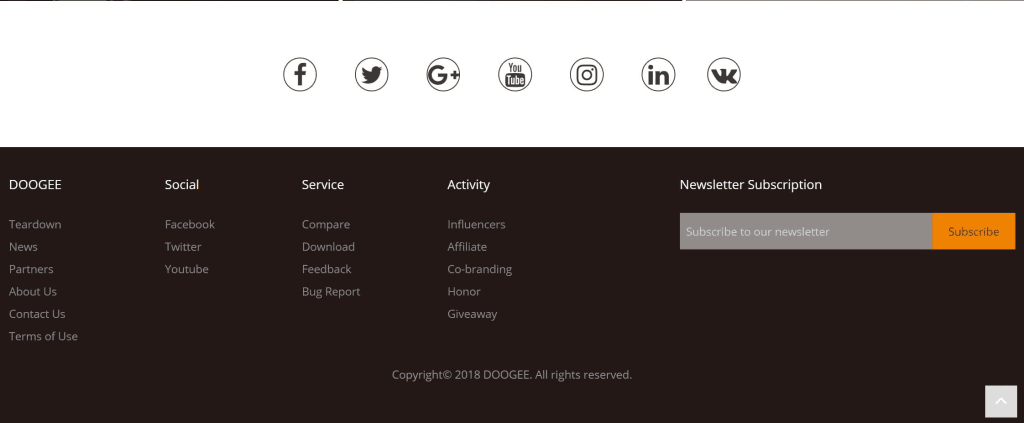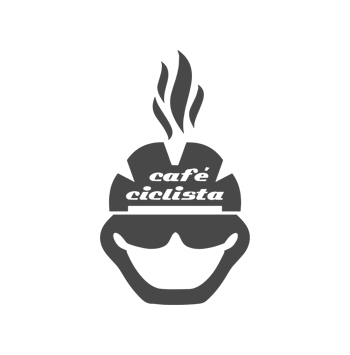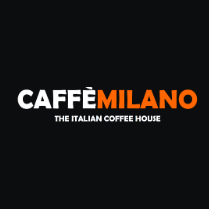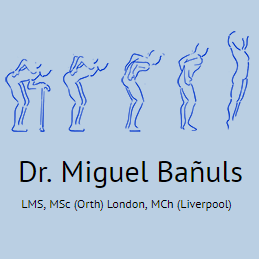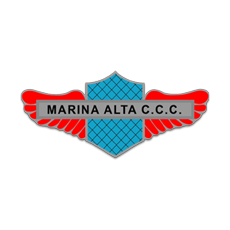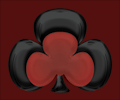Website footer design is a crucial aspect of a web page that can significantly enhance user experience and engagement. Often underestimated, footers serve as a powerful navigation tool, providing users with essential links and information right at their fingertips. From showcasing company branding to including legal information, the website footer is a versatile element that can impact overall site functionality. This guide delves into the best website footers, offering inspiration through 25 exceptional footer design examples that adhere to website footer best practices. By exploring effective footer navigation design and responsive footer layouts, you can ensure that your website’s footer not only looks good but also converts visitors into loyal customers.
When considering footer architecture, one might refer to it as the bottom panel of a web page, an element that is integral to site navigation and user engagement. Often overshadowed by more prominent sections, the footer plays a vital role in providing quick access to important information, enhancing usability, and reinforcing brand identity. Innovative footer layouts can showcase critical pathways for site visitors, making it easier to navigate through a website. This discussion will also examine effective footer design strategies, presenting you with varied examples that illustrate how well-crafted footers can drive conversions and support business objectives. By rethinking your approach to footer navigation, you can create a more inviting and efficient user experience.
Understanding the Importance of Website Footers
Website footers are often viewed as mere afterthoughts in the web design process, yet they play a crucial role in the overall user experience. Serving as a last stop for users, footers provide essential navigation when users reach the bottom of the page, often improving the browsing experience immensely. They create opportunities to provide additional information that users may seek, such as contact details, social media links, and privacy policies, without cluttering the main navigation.
Moreover, footers help reinforce brand identity through consistent design elements that resonate with the primary aesthetics of the website. This is particularly important for businesses looking to establish trust and maintain professional standards. A thoughtful footer design ensures that users not only find essential information quickly but also leaves a lasting impression of the brand they are interacting with.
Creative Approaches to Footer Design
Among the best website footer examples is Apple, which embraces a minimalist approach, organizing links effectively to facilitate easy navigation. Their focus on categorizing products and services ensures that users can quickly find what they’re looking for, enhancing overall usability. In contrast, Mailchimp adopts a more playful and functional design, incorporating their signature mascot and brand colors to inject personality into their footer.
A well-structured footer is not merely about aesthetics; it’s about functionality as seen with websites like Airbnb and Spotify. Both brands place heavy emphasis on organization, grouping links into clear categories that significantly improve user experience. Their attention to detail ensures that users navigate effortlessly through a plethora of options, showcasing that creative design is paramount in achieving clarity and efficiency.
Key Features of Effective Footer Design
When examining the best footer examples, several key features stand out. The organization of information into logical categories allows users to scan through the footer effortlessly, promoting usability. Consistent branding across colors, typography, and visual elements further enhances the user’s trust in the site, making them more likely to engage further.
Another crucial aspect is the inclusion of essential links and call-to-action elements without overwhelming users. Considerations for mobile responsiveness and the effective use of white space are also vital to ensure readability. Elements like newsletter sign-ups or social media links can transform a footer from a simple navigation tool into a powerful conversion opportunity that aligns with business objectives.
Lessons from Notable Website Footer Examples
Looking at successful website footer designs from brands like Tesla and Adobe, we see a balance between functionality and aesthetics. Tesla effectively uses white space to showcase essential vehicle information while maintaining a clean design. Similarly, Adobe’s grid layout presents abundant resources in an organized manner, making it easy for users to locate the information they need.
Footers also serve as platforms to communicate brand values, as seen with Patagonia. Their design not only includes standard navigational links but also emphasizes their commitment to environmental sustainability. This demonstrates the potential of footer areas to convey deeper messages that resonate with the audience, showcasing how touching on core values can enhance the overall impact of a website.
Practical Tips for Designing Your Website Footer
To create an effective website footer, start by organizing information into logical categories with clear headings. This helps users quickly locate sections relevant to them. Maintaining consistent branding is also key; use your brand’s distinctive colors and typography to create a cohesive look that reflects your business identity. Moreover, including essential links—while ensuring your footer does not appear cluttered—is vital for user engagement and retention.
Always remember to make your footer mobile-friendly as a considerable amount of web traffic comes from mobile devices. Effective use of white space can enhance readability while ensuring the inclusion of important legal information or compliance elements. Lastly, consider integrating features specific to different regions if your audience is global, as this personal touch can boost user interaction significantly.
Final Thoughts on Website Footer Design
In conclusion, the significance of website footers cannot be overstated. They are critical for user navigation, brand reinforcement, and serving as conversion tools. The exemplary footer designs explored in this article illustrate the various strategies that can be employed to strike a balance between aesthetics, functionality, and usability.
A well-designed website footer serves as both an essential navigational tool and a lasting impression of your brand. By taking lessons from the successful footers of well-known brands and implementing thoughtful strategies, businesses can transform their footers into powerful elements of their web design.
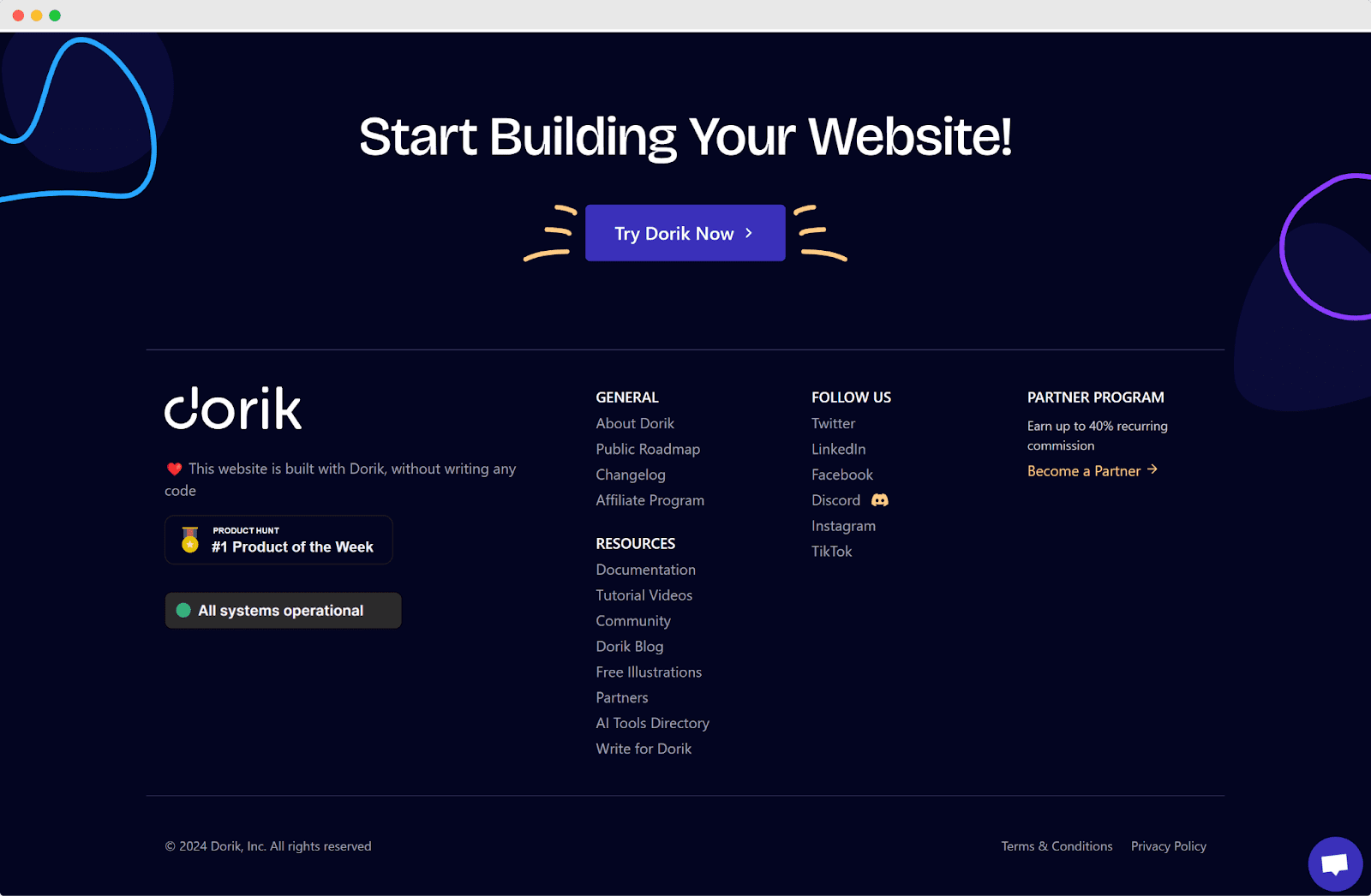
Conclusion
In conclusion, the design of a website’s footer should not be underestimated. It is a pivotal area that can enhance the user experience while achieving important business objectives. A strategically crafted footer, as demonstrated by the various examples provided, manages to balance numerous elements including organization, aesthetics, and functionality. Exploring different designs can inspire creative adaptations tailored to specific audiences, branding, and content goals.
Furthermore, embracing key design principles is essential for creating an effective footer. This encompasses the organization of links, maintaining consistent branding, optimizing for mobile responsiveness, and ensuring a user-friendly layout. A footer is not merely an afterthought, but rather a crucial aspect of web design that, when well-executed, can direct users through their journey, bolster engagement, and significantly impact conversion rates. As such, paying attention to this often-overlooked area can yield substantial benefits for any website.
Key Takeaways
As we wrap up this examination of footer designs, several takeaways emerge that can guide web designers and businesses alike. First, the organization of content is vital—logical grouping with clear headings allows users to navigate effortlessly. Aesthetic consistency reinforces brand identity, while the careful selection of essential links prevents user overwhelm. Furthermore, footers represent untapped opportunities for lead generation, such as newsletter sign-ups, and should be approached with a mindset of conversion optimization.
Moreover, the current digital landscape demands inclusivity in design, hence ensuring mobile responsiveness is crucial for user experience. Effective use of whitespace not only enhances readability but also emphasizes important information, thereby avoiding clutter. By integrating legal disclaimers and considering geographic variations, businesses can cater to a global audience effectively. Ultimately, a powerful footer design encapsulates the website’s core values while enhancing user satisfaction.

